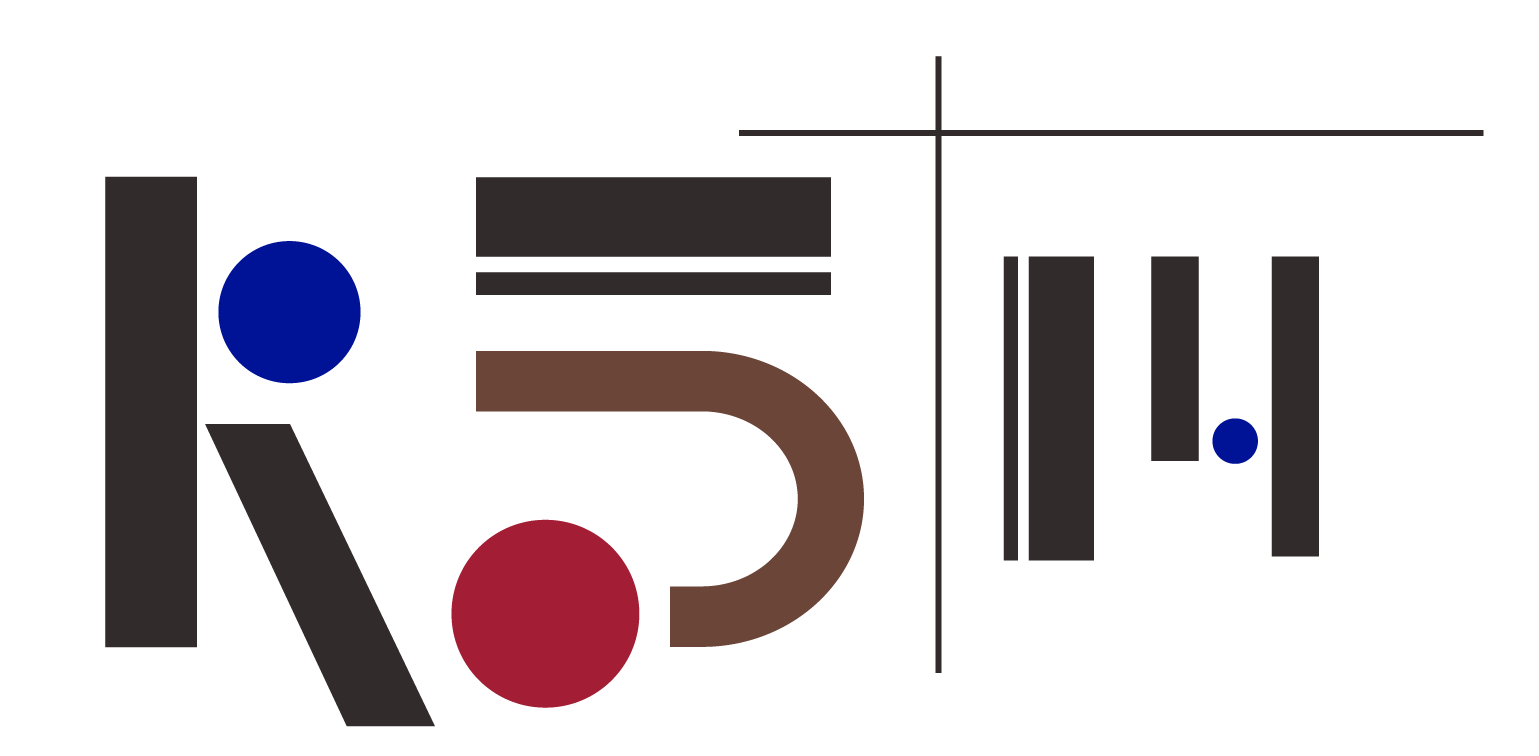Collaboration extends beyond shared inspiration.
It's about structured allocation of tasks, roles, and accountability. Collected here are projects where the final result emerged from working with others—designers, skilled tradesmen, engineers. My involvement spans producing, managing, providing technical oversight, or co-creating.
Production Management for Gusevsky Crystal Factory named after Maltsov, "Heritage" Collection
Task:
To prepare a new light fixture, based on contemporary sketches by Gusevsky Crystal Factory designers, for mass production and an industry exhibition. To create a working prototype—complete with documentation, streamlined logistics, and the potential for replication. In parallel, to produce a second object (a wall sconce) within a tight timeframe.
What was done:
Comment:
My role is to transform a designer's concept into a product ready for mass production. My working model involves fixed costs per stage and a clear logic for managing risks. The outcome is a light fixture with up-to-date documentation, a well-structured production chain, and verified manufacturability. This approach enables scalable production, whether in-house or through any contract manufacturer.
A detailed project breakdown—including what worked, what went wrong, and the lessons learned—is available in the blog.
To prepare a new light fixture, based on contemporary sketches by Gusevsky Crystal Factory designers, for mass production and an industry exhibition. To create a working prototype—complete with documentation, streamlined logistics, and the potential for replication. In parallel, to produce a second object (a wall sconce) within a tight timeframe.
What was done:
- Developed technical specifications and a full set of design documentation: assembly, electrical, and detailed drawings.
- Selected contractors for all stages: from visualization to production.
- Located a workshop for rotary brass drawing and mandrel manufacturing (saving ~1 million ₽ on mandrels).
- Organized the production of metal components: from fabrication to polishing and final coating.
- Managed logistics, assembly, dismantling, document flow, and payments.
- Prepared a technical and economic feasibility study.
- Assumed all production risks, including the urgent release of the second item.
- The prototype was delivered on time and within budget.
Comment:
My role is to transform a designer's concept into a product ready for mass production. My working model involves fixed costs per stage and a clear logic for managing risks. The outcome is a light fixture with up-to-date documentation, a well-structured production chain, and verified manufacturability. This approach enables scalable production, whether in-house or through any contract manufacturer.
A detailed project breakdown—including what worked, what went wrong, and the lessons learned—is available in the blog.
Training Classroom: Producing and Coordinating the Training Chair Project for SberMarketing
Task:
To develop the design and organize the production of a small series of training chairs for the client's internal educational space. This was a collaborative effort with designer Sergey Nazarkin.
What was done:
Comment:
The project was simpler in structure but not in requirements. The management and organizational aspects were my responsibility. We completed the design on time, but did not proceed to production: the client entered a tender process which we did not win.
Since payments were milestone-based, both parties benefited: the client received the desired outcome, and we received payment for the work completed. It was a transparent arrangement, with no mutual claims.
More details can be found in the blog.
To develop the design and organize the production of a small series of training chairs for the client's internal educational space. This was a collaborative effort with designer Sergey Nazarkin.
What was done:
- Developed technical specifications based on negotiations with the client.
- Established planning, control, and sequence for all stages.
- Selected contractors: an upholstered furniture designer and a furniture manufacturer.
- Managed document flow, logistics, and payments.
- Prepared a technical and economic feasibility study.
- Fixed the cost of work and assumed the risk zone.
Comment:
The project was simpler in structure but not in requirements. The management and organizational aspects were my responsibility. We completed the design on time, but did not proceed to production: the client entered a tender process which we did not win.
Since payments were milestone-based, both parties benefited: the client received the desired outcome, and we received payment for the work completed. It was a transparent arrangement, with no mutual claims.
More details can be found in the blog.
Furniture Handles for "Moscow" Cinema
Task:
To reproduce outdated handles on the bar counter, preserving their original appearance as much as possible while improving their characteristics. The original handles had yellowed and the mother-of-pearl was chipping. The challenge lay in the handmade nature, small batch size, and high cost. My initial step was to check for ready-made alternatives from marketplaces. This is a standard procedure: if there's a simpler option, I'll propose it. In this case, no suitable alternatives were found.
Solution:
I proposed a design modification that maintained visual identity while enhancing operational properties:
Additionally:
More details can be found in the blog.
To reproduce outdated handles on the bar counter, preserving their original appearance as much as possible while improving their characteristics. The original handles had yellowed and the mother-of-pearl was chipping. The challenge lay in the handmade nature, small batch size, and high cost. My initial step was to check for ready-made alternatives from marketplaces. This is a standard procedure: if there's a simpler option, I'll propose it. In this case, no suitable alternatives were found.
Solution:
I proposed a design modification that maintained visual identity while enhancing operational properties:
- The brass handle became repairable: the mother-of-pearl can now be replaced without a complete overhaul.
- The shape was adapted for wet hands—it is a bar, after all.
- Thick mother-of-pearl was used—it's more durable and opaque, allowing for a metal body.
Additionally:
- Organized production (jeweler and metalworking).
- Managed logistics, payments, and document flow.
- Prepared a technical and economic feasibility study.
- Provided a guarantee for the product.
More details can be found in the blog.
Sole Proprietor Zubarev D.S. PSRN 322774600151242 TIN 775125724499


